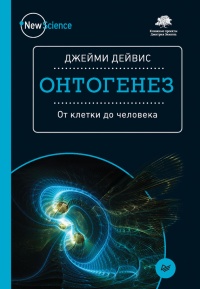Книга Музыкальный инстинкт. Почему мы любим музыку - Филип Болл
Читать книгу Музыкальный инстинкт. Почему мы любим музыку - Филип Болл полностью.
Шрифт:
-
+
Интервал:
-
+
Закладка:
Сделать
Перейти на страницу:
Перейти на страницу:
Книги схожие с книгой «Музыкальный инстинкт. Почему мы любим музыку - Филип Болл» от автора - Филип Болл:
Комментарии и отзывы (0) к книге "Музыкальный инстинкт. Почему мы любим музыку - Филип Болл"












